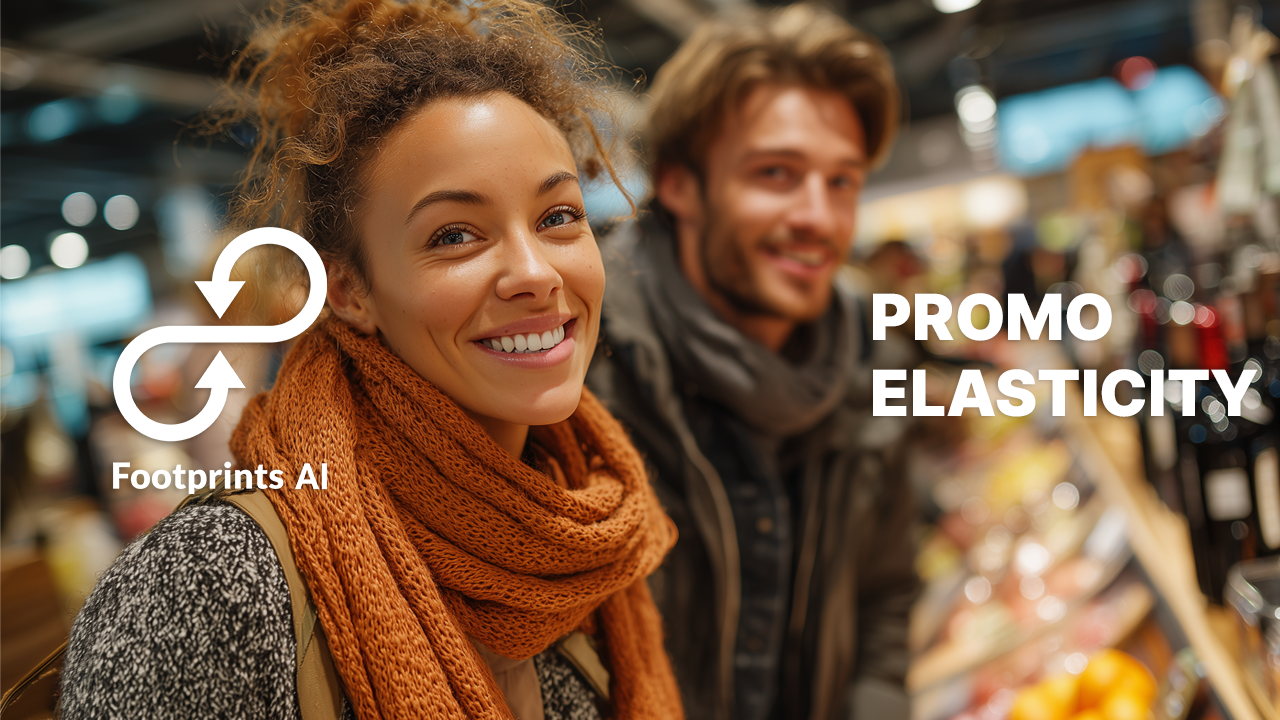How likely are you to search for the offering & promotions of a shopping mall which is situated in a city you'll never visit?
Would you continue recommending a retail brand that decided to close their nearby store and keep their online commerce platform only as an option for you?
According to William J. Reilly, customers are willing to travel longer distances to larger retail centers given the higher attraction they present to customers. This is the retail gravitational pull effect. With the significant increase of online retail, this effect can be observed in the offline-to-online retail environments, and vice versa. Retail brands have found a significant increase (close to 90%) in online traffic and sales close to the geographical area where they open new stores. While launching their e-comm offering meant a booming traffic, including first time visitors, for various shopping malls.
THE CONTEXT
The ecommerce retail offering has been perceived as a competitor to the physical retail since its launch in the 90s.
In the last decade, most retailers started perceiving their websites as a complement to their existing physical stores, not as a replacement.
As a proof, pure-play ecommerce players started opening up physical stores to boost their brand experience, attractiveness, consideration, and even to control and deliver on their same-day delivery or quick return policies.
Marketing academics have primarily relied upon theoretical frameworks for analyzing store location potential and trading areas. Retail gravity models have taken a central stage in this approach. The theory assert that groups of customers are drawn to certain locations because of factors like the distance to market, distance between markets, market population, the size of the retail establishment, the location of competitors, etc.
In a very early stage of the e-comm studies, David R. Bell explains how the Halo Effect is working and why "Location is (Still) Everything". There is a gravitational pull of the physical retail presence of a certain brand within a geographical area which is influencing the online traffic and purchases of the same brand.
Factors like distance, population, size and competition that are specific to the original retail gravitation model become more complex in the offline-to-online synergy. But these are still applicable.
THE CHANGE
Digital convenience has changed the way we search, shop and sell. But not fundamentally.
We are now expecting the same degree of personalization, transparency, easiness and low costs as the online retailers showed us it is possible.
This digital convenience creates frustrations for all of us in the physical retail. It changed the way we value the stores and the in-store experience.
This pushed physical retailers to start looking into their digital offering and their digital customer experience.
By doing this, the retail industry slowly but surely began to understand the correlation between a digital and a physical presence.
Launching e-commerce platforms generated more in-store traffic with newer customer profiles, instead of taking away its footfall traffic.
And opening more stores meant up to 37% on average more organic traffic for the online ecosystems of retail brands (ICSC research "How Bricks impact Clicks").
Omnichannel retail with its Halo Effect means customers don't think in terms of "channels", but convenience and trust. The retail gravitational pull is influencing both online and offline shopping habits.
THE OPPORTUNITY
From a retail business perspective, this translates into:
- Start cutting down on your Paid Media budgets while increasing your brand activation, content generation and data collection investment at individual store level. This will increase your organic traffic with better conversion rates.
- The physical stores to start being considered as media channels, and performance analytics to reflect this reality.
- The investment into Paid Media needs to be compared with the option to open up stores (a Cost Benefit Analysis might show that opening up a new store could be more beneficial than investing into Facebook or Google ads to bring traffic and sales).
- Audience Management should be done at store-level and it should combine both the footfall traffic and the online traffic from within the same catchment area.
- Marketing campaigns and personalization should be specific to each individual location and its physical and virtual catchment area.
- The offline-to-online identification of shoppers should be the key investment into any omnichannel retail player.
Photo: Zhongshan OCT Harbour shopping mall and apartments







